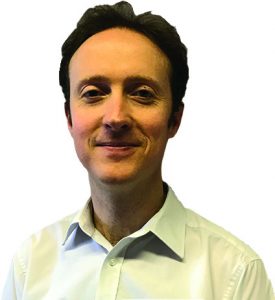
Triple Aim: Working to improve the health of populations
28th November 2018
Directorates at East London NHS Foundation Trust have already started looking into defining the populations they will be working with. Find out more about projects in Newham Adult Mental Health, Improving Access to Psychological Therapies (IAPT) and hild and Adolescent Mental Health Services (CAMHS). Words by Gill Williams (Borough Director in Newham), Sarah Wilson (Specialist Services Director), Graeme Lamb (Clinical Director Children’s Services) and Phil Baker (Head of Forensic Services).
Newham Adult Mental Health
We have a service that is slightly different to others, as we don’t have an integration with social care. We began to think about population health earlier this year after Trissa Torres (from the Institute of Healthcare Improvement) visited us and delivered a workshop. It helped us focus and we picked up a couple of projects we want to work on.
We were keen to look into something we were already doing to identify populations and expand the scope of those projects:
What are the expectations with these projects?
To build a framework that addresses the population needs; to engage with partners; to get people to lead more active, smoke-free lives and transition smoothly to the community.
IAPT: Older Asian and Asian-British men with diabetes
At ELFT, the Improving Access to Psychological Therapies (IAPT) service operates in Tower Hamlets, Newham, Richmond and Bedfordshire. A national priority for IAPT is to increase the number of people with long term conditions to get access to treatment and to develop services to support them to make change in their health and manage their conditions better.
We have already been reflecting about this and have done some projects around the theme. We then refined this further: we have been thinking about how to reach populations and how we can build on what we’ve done already to access more people into treatment. We are then going to focus on people with diabetes from the Asian and Asian-British population in Newham, especially older people.
This project is due to commence in December and our partners will be Community Health Services (people already working with people with long term conditions), particularly in the diabetes teams, the district nursing teams, GPs, and thinking about how we can improve uptake and what might work to reach that population group better.
We might narrow down the population to a particular patch in Newham or a particular age, or a particular GP practice or cluster of GPs.
We are doing similar programmes in each of our other geographical services and we will share the knowledge across.
With this work, we are hoping to make people healthier. It is important in terms of life experience and community health, distress and economic disadvantage. If you can help their long term conditions better and if you can start to get people to think healthier and to feel more confident about self-management it is fantastic.
CAMHS: Young people (aged 14-16) within a school
We run Child and Adolescent Mental Health Services (CAMHS) in Bedfordshire, Luton, Newham, City & Hackney and Tower Hamlets. Nationally, self-harm in young people is growing a lot. According to official NHS data, 23.9% of young women aged 17 to 19 suffer from mental health problems. There is a big growth in self-harm and we are seeing a real demand on services, and real concern in communities and in schools. In addition to the inevitable distress and ongoing risk that this causes young people and their families, such behaviour often leads to increasing use of busy Emergency Departments, and creates increased demands upon community CAMHS. What’s more, self harm is associated with a risk of completed suicide – around half the number of young people who complete suicide have a history of self-harm. Therefore the population chosen for the CAMHS Triple Aim work is 14-16 year olds at risk of self-harm, within one school or a cluster of schools, in each of the 5 boroughs/counties in which we provide community CAMH services. So all of our CAMHS are going to be looking at that issue and all areas will have a project focused on that.
Each area will have a separate partnership and a separate group of stakeholders and we will work with a particular school or group of schools. A school population could be anything from 300 to 1,500 young people. Stakeholders will be the head teacher, the special educational needs coordinators, social care, hospitals, GPS, the parents and of course the children.
By working with our colleagues in schools, local authorities, primary and acute care, as well as young people and their families, within one specific patch (eg one secondary school), using a QI methodology, we hope to identify the interventions that may reduce the risk of self-harm and all the associated negative sequelae. If we are successful in doing so, we would then aim to spread the learning across other schools and local communities.
The ideas we might be working on could be related to training, self-help for young people, peer mentoring, more CAMHS people in the school. It would certainly be based on what young people feel would make a difference.
This is chance to tackle an epidemic of self-harm and mental illness, so we need to think about ways of helping them to reduce it. It is a lot about community and what support there is and about dependence on smartphones, family breakdown and economic environment. We then have to start to identify a school and then persuade – with the help of the education people – their teachers to engage in this work.
Forensics
In the Forensic Service we are focusing our Triple Aim work on those service users who spend very long periods in secure care. We think they are a group who can become lonely and struggle to gain employment and meaningful activity, so we hope to improve population health by targeting those areas.
Most Read Stories
-
Why is Quality Control important?
18th July 2018
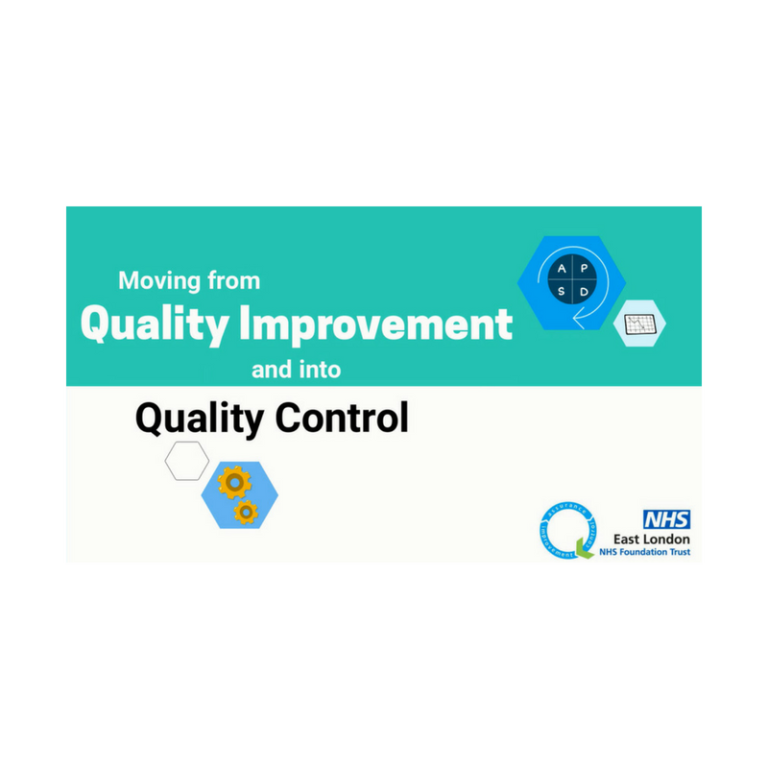
-
An Illustrated Guide to Quality Improvement
20th May 2019
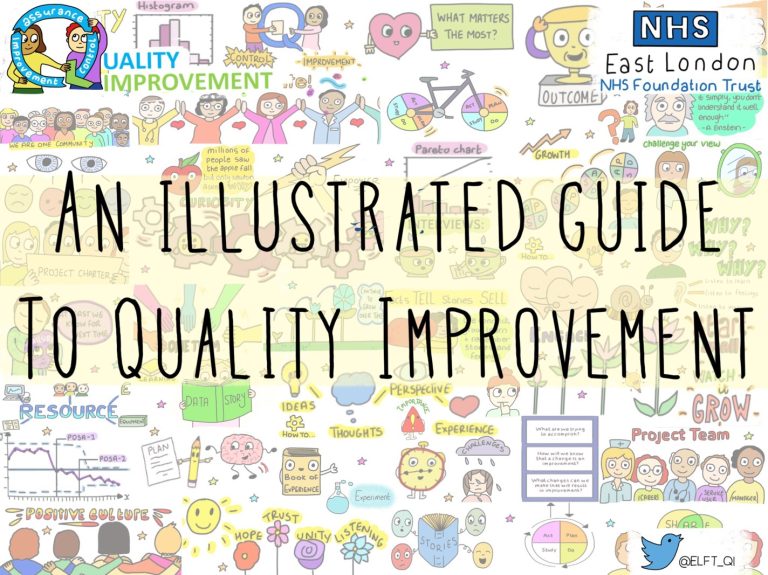
-
2016 QI Conference Poster Presentations
22nd March 2016
-
Recognising Racism: Using QI to Help Take Action
21st January 2021
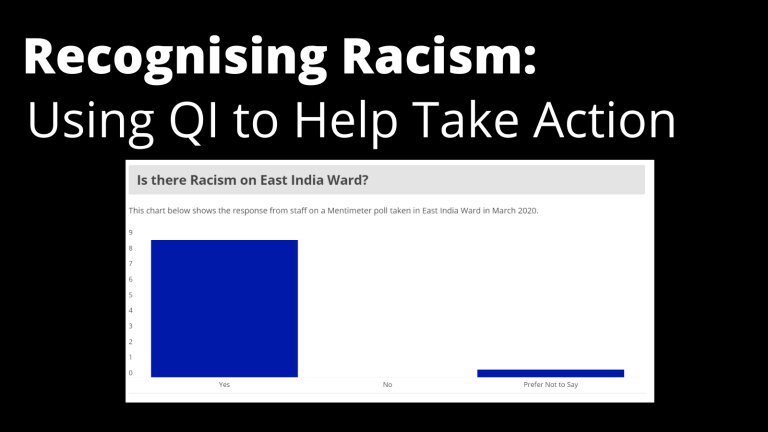
-
Using data enabled us to understand our problem
31st March 2023
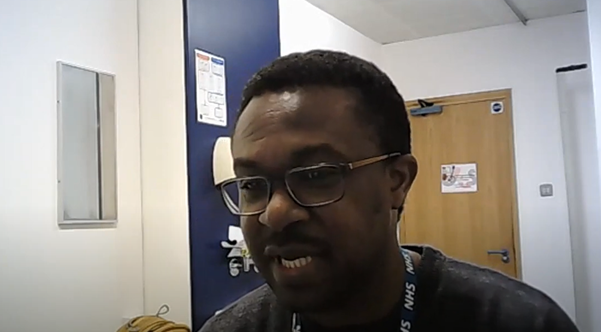
-
QI Essentials: What does a Chief Quality Officer do?
18th March 2019

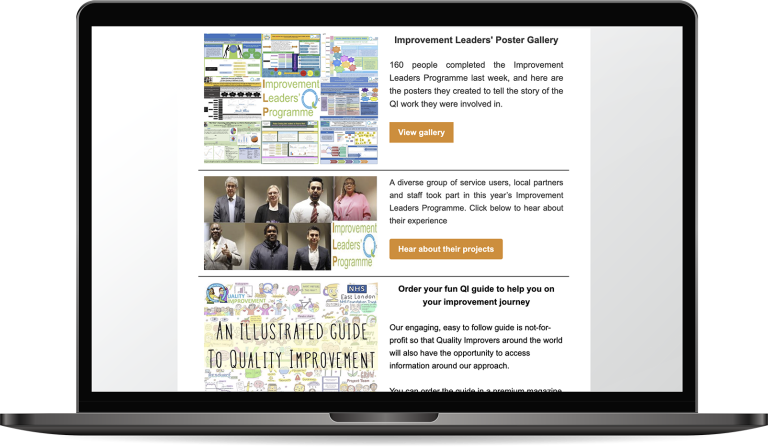
Follow QI on social media
To keep up to date on the latest concerning QI at ELFT, follow us on our socials.






